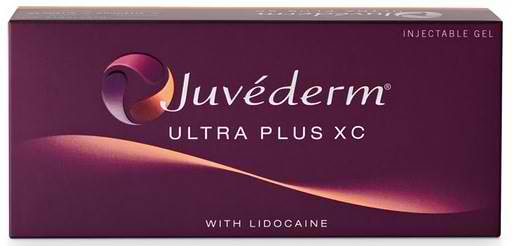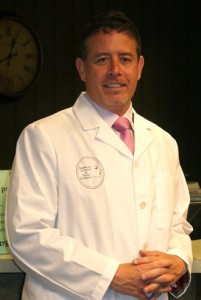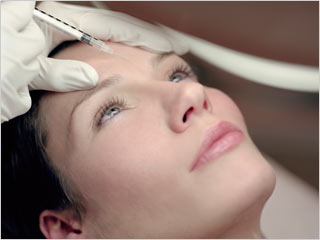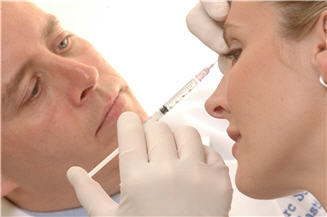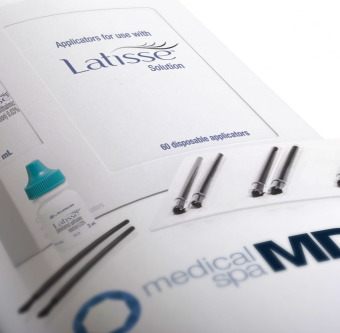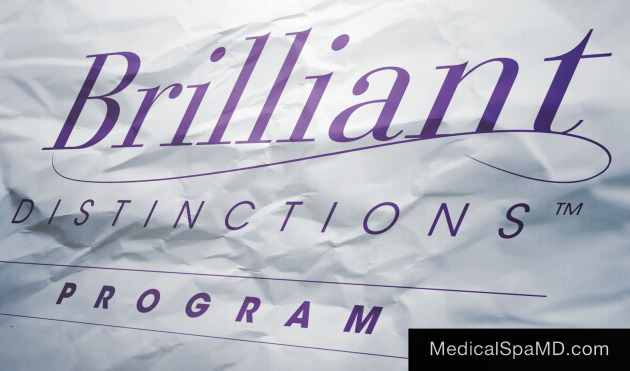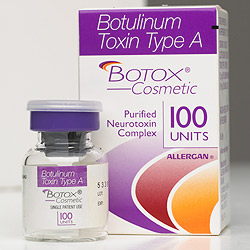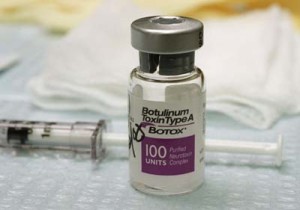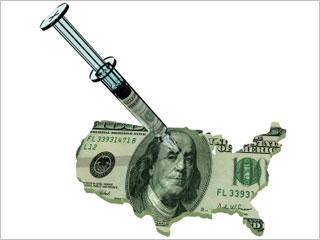Here's a really good artitlce on how Allergan has positioned Botox to be a really stable source of income over the long term.
Alergans Survival Strategy: Botox Everlasting
Most big, mainstream pharma companies are desperately working to develop new expensive drugs and filing lawsuits to extend patents on old ones. But to dodge that deadline, Allergan is using another strategy; let’s call it the “stay small and make weird products” approach.
The company behind Botox, the “face-lift in a bottle,” is itself aging rather gracefully. Net sales increased by 13.3%, to roughly $1.3 billion, in the first quarter of 2011 compared with the same period last year, and the company has given analysts no reason to think it won’t put together a string of good quarters.
That’s because Allergan’s product portfolio is looking first class: “We believe Allergan has one of the most compelling growth profiles in specialty pharma,” a May report by Piper Jaffray analysts David Amsellem and Michael Dinerman said. But pharma companies need more than a good growth strategy, says Ken Cacciatore, an analyst with Cowen Group. They should also develop new products and have plans to keep the patent rights for the ones that they already have. “That’s really the holy grail of pharmaceuticals,” he says, “and Allergan has it.”
The holy grail
A huge part of Allergan’s patent-cliff immunity is its blockbuster Botox, which has helped the company evade the patent problems facing others in the industry in two ways: First, Allergan has continued to discover new applications for it. “Really, Botox is a Russian doll,” says Allergan CEO David Pyott, because Allergan keeps discovering new uses stacked inside the original treatment.
Second, Botox is also a special pharmaceutical because of the way it’s made. “It’s going to be very difficult for anyone to get a truly substitutable product through the FDA,” says Cacciatore.
That’s because Botox is something called a biologic, which means it isn’t man-made. Instead, Botox is created by making a solution that contains trace concentrations of the deadly botulinum toxin. Botox works in both the medical and cosmetic arenas by temporarily paralyzing targeted muscles. For example, Botox injections into the eye muscles can help patients suffering from a condition called strabismus, in which their eyes are misaligned. In a more vain vein, cosmetic Botox reduces the appearance of wrinkles in the forehead by numbing facial muscles so that they can’t contract to form creases.
Allergan and doctors have found muscle paralysis can be useful in other places: Allergan plans on getting Botox approved to treat patients with neurogenic detrusor overactivity, or overactive bladders, this year. Last year Botox was approved to treat chronic migraines, which is one of Allergan’s most promising markets, according to Ben Andrew, an analyst from William Blair & Co. Botox has the potential to be the first treatment of its kind in that space, he says, because it’s preventive: “Every other FDA-approved product is used in response.”
Botox’s success as a treatment for chronic migraines could surprise the market, according to Gary Nachman, a senior analyst in specialty pharmaceuticals with Susquehanna Financial Group: “You’re looking at a potentially huge blockbuster that people are really not giving them full credit for.”
Product diversity
Allergan is unique, says Lavin, because it has positioned itself well in three distinct sectors: ophthalmology, obesity, and cosmetics, all of which target the aging, sedentary population of U.S. consumers. “I think of aging and obesity as two areas I’d like to invest in,” he says.
Allergan can develop in seemingly strange sectors because of its relatively small size. It has a market cap of about $25 billion, compared with, say, J&J (JNJ, Fortune 500) and Novartis (NVS), which have market caps of $183 billion and $145 billion, respectively. “A company like Allergan still has a small enough base revenue that incremental hundreds of millions matter,” says Cacciatore. “Large pharma companies have consolidated themselves into a box where they need incremental billions.”
Allergan’s growth strategy allows it to invest in niche markets heavily enough to be a persistent threat to much larger companies. It’s a phenomenon that CEO David Pyott enjoys: “I remember years ago when I was relatively new at this job, and people said, ‘Do you really think you can compete against Pfizer in ophthalmology?’ We’d just smile and say, ‘We love taking market share from those guys.’ ”
Method to the madness
Allergan’s portfolio looks bizarre at first glance, but there is a pattern to much of its drug development.
Take Latisse, for example. Allergan researchers noticed that patients using its glaucoma treatment Lumigan were also growing longer lashes. The company then conjured up a medical condition, hypotrichosis, or inadequate eyelashes, to pair with its newly made drug. Allergan essentially created the market for Latisse, which was approved by the FDA in 2008. The company expects to make over $500 million from Latisse — again, a drug it had already invented and released as Lumigan.
Latisse is just one example of how Allergan aims to keep improving its own technology to discover new drugs, renew patents for existing ones, and find new uses for both. Pyott says he has overseen the growth of the company’s research and development budget from $80 million when he joined 10 years ago to $800 million this year. That’s about 16% of total sales that Allergan plows back into R&D.
Dysport hasn't really made a huge difference and for most medspas or clinics it's certainly still playing second-fiddle. )I'd be interested if anyone has information they could add as a comment as to exactly where Dysport sits as a percentage of market share right now.)


